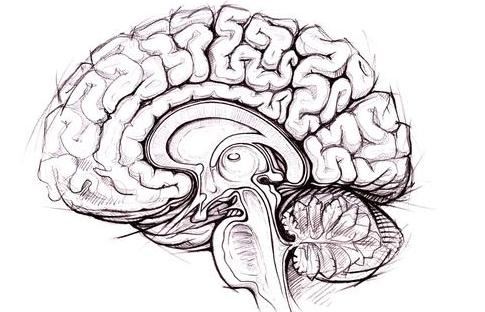Neuroscientists Get Closer to Reading Your Mind

What’s the Latest Development?
A team of neuroscientists have taken a step further toward reading people’s minds by recording the electronic signals produced by their brains. By attaching electrodes to the brains of epilepsy patients, who had volunteered for the procedure while awaiting brain surgery, scientists observed what electronic patterns the brain produced when the patients were prompted to think of certain words. When the patients were later asked to recall those words, their brain reproduced similar electric signals before the individuals became aware of the specific word they were recalling, enabling scientists to read the patients’ thoughts.
What’s the Big Idea?
Because the patients were not directed to recall the words in any specific order, scientists also studied the natural associations made by the brain between similar words. The words “duck” and “goose,” for example, typically followed each other in the patients recall, suggesting the brain organizing memories according to specific parameters such as appearance, size, texture, sound and taste. “Each person’s brain patterns form a sort of ‘neural fingerprint’ that can be used to read out the ways they organize their memories through associations between words,” said Jeremy Manning, a Penn State neurologist.
Photo credit: Shutterstock.com





